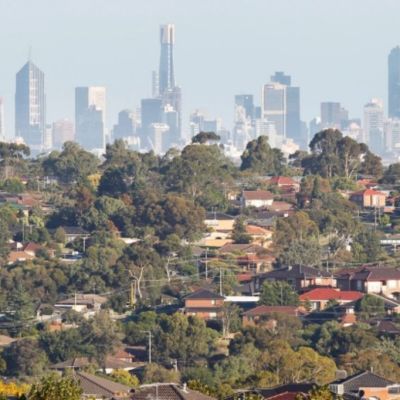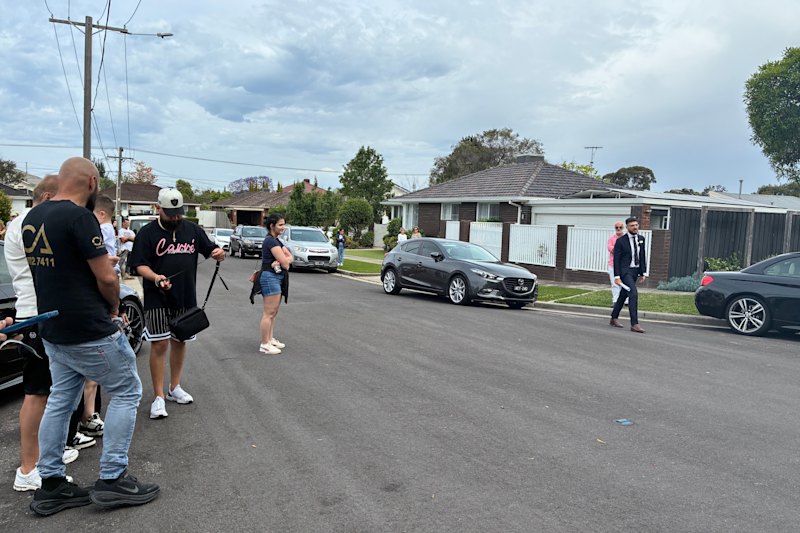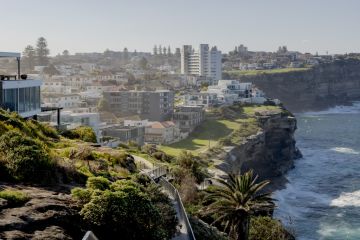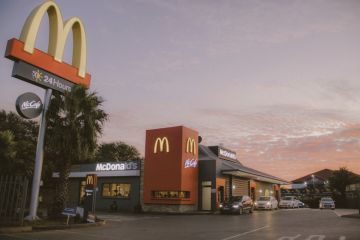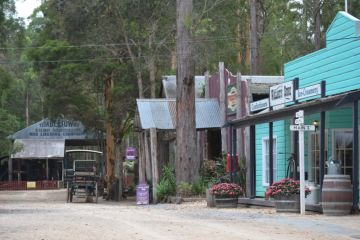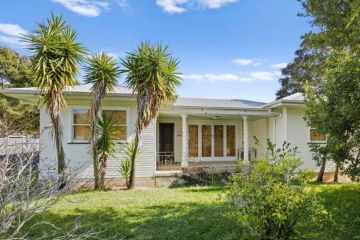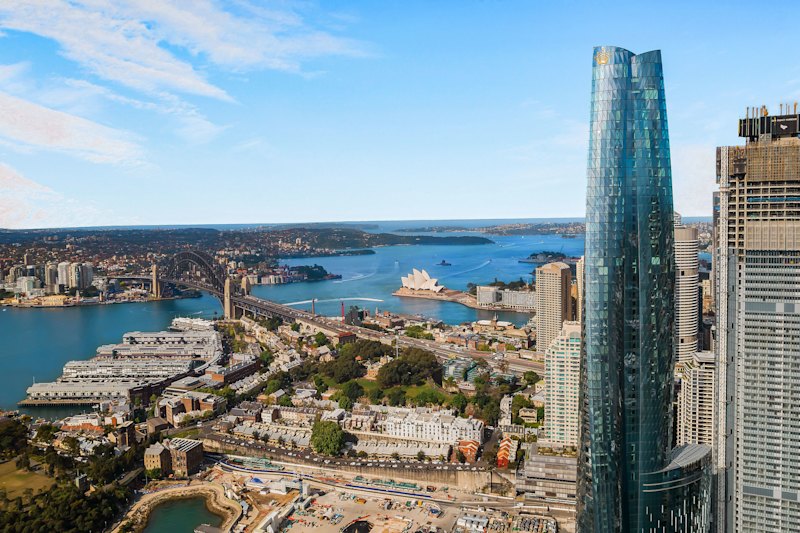Melbourne house prices are cheap in the fastest growing suburbs
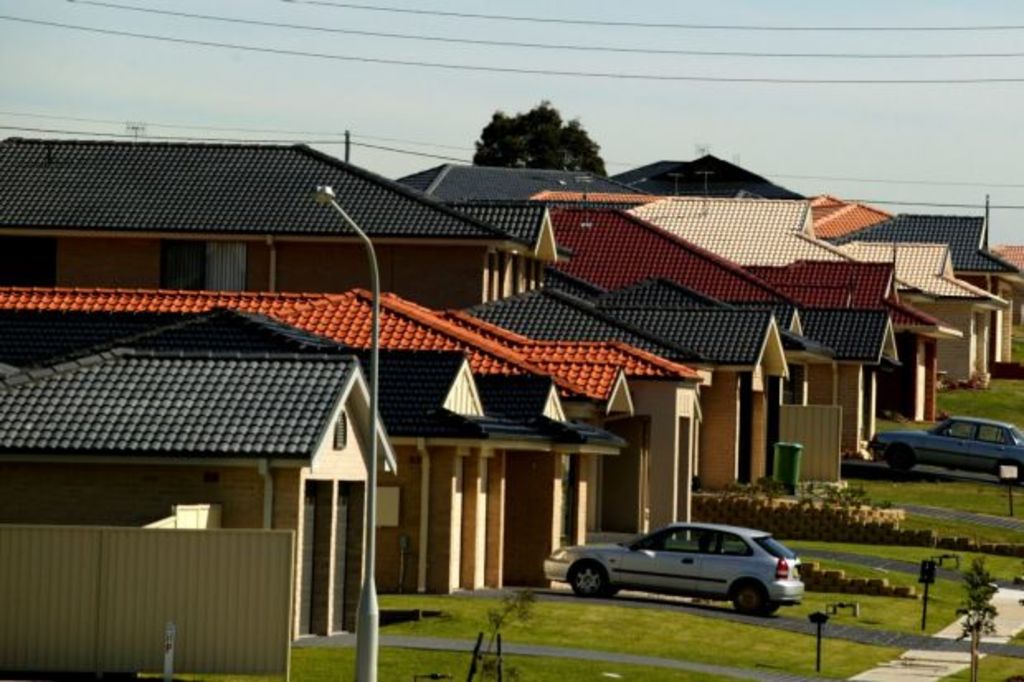
A difference of hundreds of thousands of dollars in house prices is driving a population boom on the edge of the city, with Melburnians flocking to properties nearly half the city’s median.
The latest population data from the Australian Bureau of Statistics paints the picture of an exploding Victorian population, leaning heavily on Melbourne’s fringes to accommodate the growth.
The state’s largest and fastest growing suburbs — some of the largest growing in the country — are also some of the cheapest in Melbourne in which to buy a house.
The population in Cranbourne East, the fastest growing Victorian suburb, shot up 26.2 per cent in the past financial year, growing by almost 100 people a week. Detached houses there, 45 kilometres south east of the CBD, cost about $479,000, according to the latest Domain Group median prices.
For context, the city-wide median is set to soar above the $800,000 threshold this year.
!function(e,t,s,i){var n=”InfogramEmbeds”,o=e.getElementsByTagName(“script”),d=o[0],r=/^http:/.test(e.location)?”http:”:”https:”;if(/^/{2}/.test(i)&&(i=r+i),window[n]&&window[n].initialized)window[n].process&&window[n].process();else if(!e.getElementById(s)){var a=e.createElement(“script”);a.async=1,a.id=s,a.src=i,d.parentNode.insertBefore(a,d)}}(document,0,”infogram-async”,”//e.infogr.am/js/dist/embed-loader-min.js”);
The median house price in South Morang, the largest growing suburb in Australia, is $532,500; still about $263,000 cheaper than Melbourne’s median house price.
The largest growing is determined by the number of new residents; the fastest growing is determined by population growth relative to the suburb’s geographic size.
Although getting into the housing market via the fringe of the city is nothing new, the physical distance of that fringe from the CBD — and its concentration of jobs — has been progressively moving further away.
“That’s the usual journey we take, we work our way in from the fringes and it has been thus since the 1950s,” Domain Group chief economist Andrew Wilson said. “But then [the fringe] moves further away and you get the question, how far is too far?”
Dr Wilson said these areas were driven by supply, rather than demand: “People are going where the cheap property is, rather than it being a choice on other factors. They are just the areas where greenfield lots have been approved, so people are saying, ‘we really want to live somewhere else, but it’s cheap and we can buy and not rent’.”
The record cost of rent, which are rising faster than wages, was another factor pushing people to the fringe, he said.
But Canadian planning expert Brent Toderian, visiting Melbourne to discuss the Australia’s urban planning direction, described the affordability on the fringe of the city as “artificial”.
“When you add up all the other costs — the transport, the energy costs, etcetera, the [outer] suburbs aren’t necessarily more affordable,” Mr Toderian said. “A conversation on affordability has to consider all costs, not just housing prices.”
He said the inner city actually subsidised the high costs of the fringe because of our tax system was based on the value of houses, not on the cost of the infrastructure.
“So ironically, we tax lower out in the suburbs where the infrastructure costs are the highest and we tax more in the inner city where the infrastructure tax are the lowest. That means money is moving around and subsiding the suburbs.”
Mr Toderian called the popular political narrative of simply building more houses on the fringe to address affordability “lazy”.
“What some politicians say is, ‘we have an affordability crisis, we need to build a lot more housing in the suburbs, but that is counter productive because we are digging ourselves deeper into the public cost hole, plus we are just having people live further and further away from all the work, increasing their transportation and energy costs, etcetera. It is a horrible way to address affordability.”
We recommend
We thought you might like
States
Capital Cities
Capital Cities - Rentals
Popular Areas
Allhomes
More
- © 2025, CoStar Group Inc.
